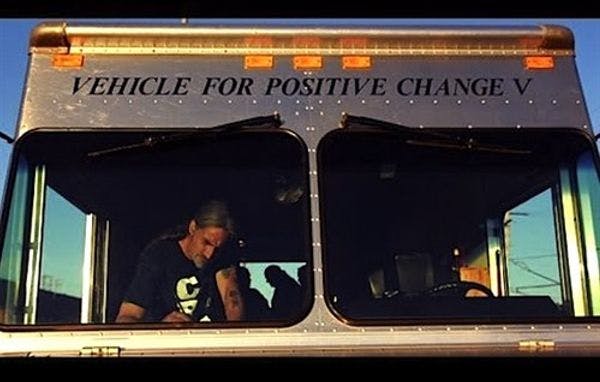Pourquoi 2015 est une année clé pour la réduction des risques
Le mouvement visant à retrouver santé et dignité pour les usagers de drogues a permis d’étendre les programmes d’échange de seringues et l’accès à la naloxone et de recevoir le soutien d’agences précédemment sceptiques. Pour en savoir plus, en anglais, veuillez lire les informations ci-dessous.
Abonnez-vous à l'Alerte mensuelle de l'IDPC pour recevoir des informations relatives à la politique des drogues.
The past couple of years have been game-changers for harm reduction. The movement to reclaim the health and dignity of people who use drugs has celebrated the rapid passage of overdose prevention and syringe decriminalization laws, expanded access to the life-saving overdose reversal drug naloxone, and welcomed endorsements from such prominent, previously skeptical agencies as the Office of National Drug Control Policy, the American Medical Association and the Centers for Disease Control.
Big Pharma’s new interest in naloxone is a key development to watch this year. When naloxone first debuted on the market in 1961, emergency departments and ambulances scrambled to stock the miracle drug and pharmaceutical companies rushed to make it. But once this very specific demand was met, the drug was no longer considered profitable and interest in manufacturing petered out. By 2008, one company, Hospira, held a monopoly on injectable naloxone, while another, IMS/Amphastar, sold the only form of naloxone that could be adapted for intranasal use.
Click here to read the full article.
Keep up-to-date with drug policy developments by subscribing to the IDPC Monthly Alert.
